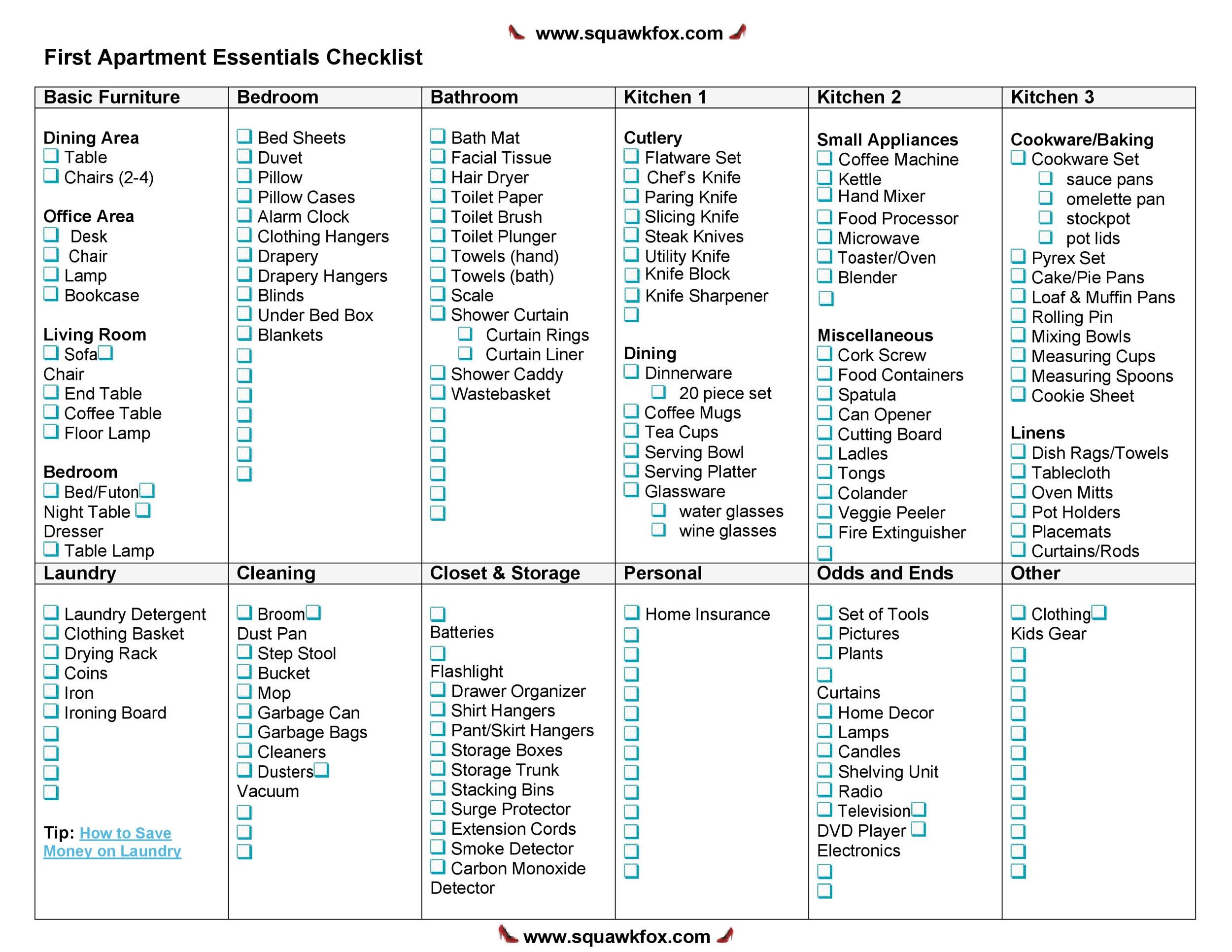Are you in the market for a new home? Whether you are a first-time homebuyer or a seasoned homeowner looking to upgrade, a home inspection is a crucial step in the buying process. A professional home inspection can uncover hidden issues that could potentially cost you thousands of dollars down the line. To ensure a thorough inspection, it’s important to have a checklist in hand. Here is a comprehensive checklist that covers all the essential areas to inspect during a home inspection.
Exterior Inspection
Start your inspection on the outside of the home. Look for any signs of damage or wear and tear on the exterior walls, roof, gutters, and windows. Make sure to check for any cracks, water damage, or rot that could indicate structural issues. Pay close attention to the foundation of the home and look for any cracks or unevenness.
Interior Inspection
Once you have completed the exterior inspection, move inside the home. Inspect each room carefully, looking for any signs of water damage, mold, or pest infestations. Check the plumbing and electrical systems to ensure they are in good working order. Test all appliances to make sure they are functioning properly.
Roof Inspection
The roof is one of the most important parts of a home, so it’s crucial to inspect it thoroughly. Check for missing or damaged shingles, signs of leaks, and any sagging or unevenness. Look for any signs of water damage in the attic and make sure the attic is well-ventilated.
HVAC Inspection
The heating, ventilation, and air conditioning (HVAC) system is another crucial component of a home. Make sure to inspect the furnace, air conditioner, and ductwork for any signs of damage or wear. Test the system to ensure it is heating and cooling the home properly.
Plumbing Inspection
Inspect the plumbing system for any leaks, clogs, or water pressure issues. Check under sinks, behind toilets, and around appliances for any signs of water damage. Make sure all faucets, toilets, and showers are working properly.
Electrical Inspection
Inspect the electrical system for any outdated or faulty wiring. Look for any exposed wires, tripped circuit breakers, or flickering lights. Test all outlets and switches to ensure they are working properly.
Foundation Inspection
The foundation is the backbone of a home, so it’s important to inspect it carefully. Look for any cracks, shifts, or settling that could indicate foundation issues. Make sure the basement or crawl space is dry and free of mold or mildew.
Final Walkthrough
After completing the inspection, do a final walkthrough of the home to make sure all areas have been thoroughly inspected. Take notes and photos of any issues you find and discuss them with the home inspector. Ask questions and make sure you understand any potential problems that were identified during the inspection.
By following this essential checklist for home inspections, you can ensure a thorough and comprehensive inspection of your potential new home. Remember, a home inspection is not only a way to identify any issues with the home but also a way to gain valuable knowledge about your future investment. Don’t skip this important step in the homebuying process!
